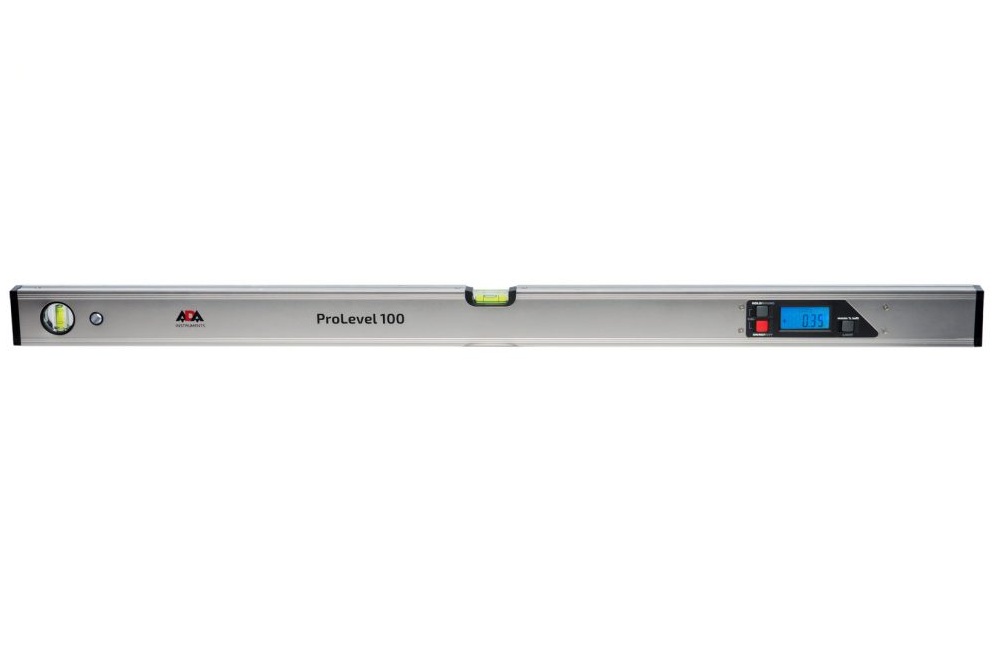
However, the A19360 solution, which is based on the company's monolithic GMR technology with ultra-low jitter and large air gap capabilities, utilizes the GMR technology to encode the speed and direction of the rotating ring magnets. GMR sensors can be employed in many use cases, including current sensing.

Screenshot used courtesy of Allegro Microsystems The functional block diagram of the A19360 sensor. The product promises adequate high-resolution information for automotive systems by generating extra output events per magnetic cycle, which helps to improve the vehicle information on wheel movement. The high-resolution GMR wheel speed and distance sensor, A19360, features an eight-event-per-magnetic-cycle mode that could be employed in ADAS technology. Jun Pei, CEO and Co-founder at Cepton, expressed that the operation at 905 nm wavelength enabled by ams OSRAM, aims to provide performance, cost, and reliability, promoting the mainstream adoption of LiDAR in everyday consumer vehicles.Īs LiDAR pushes to become the main staple of autonomous driving technology, innovations like the EEL could help keep this technology running as future sensor options are investigated.Īllegro Takes ADAS to the Next Level with Giant MagnetoresistanceĪpart from the LiDAR solutions making rounds in the ADAS technology, Allegro Microsystems has also taken the step to recently introduce a high-resolution giant magnetoresistance (GMR) sensor suitable for use in ADAS applications. Having a wavelength of 905 nm, the EEL employed in the LiDAR solution promises reliable and high-performance operation while guaranteeing improved beam quality in autonomous vehicles.Ĭommenting on the product, Dr. The collaboration sees Cepton employ ams Osram's EEL technology into its automotive-grade LiDAR sensors for applications in autonomous vehicles. Hopefully, this new chipset can help further ADAS cover more challenging aspects of vision and autonomous vehicles.Ĭollab Brings Lasers to Limelight in ADASĪs a leading provider of optical solutions using edge-emitting lasers (EELs) and vertical-cavity surface-emitting lasers (VCSELs) in a wide range of sectors, ams Osram announced a partnership with Cepton to take LiDAR solutions in ADAS to the next level. Speaking on the importance of the product in ADAS technology, the manager for TI millimeter-wave radar, Yariv Raveh, remarked that changing lanes and navigating tight corners is one major challenge for autonomous driving systems, which is why this radar-on-chip came about. Thanks to the moderate processing capacity, the product can be adopted as a radar-on-chip. In general, the AWR2944 radar sensor features four subsystems: Screenshot used courtesy of Texas Instruments

The functional block diagram of the AWR944 radar sensor.

The 77-GHz AWR2944 single-chip mmWave radar sensor from Texas Instruments is one of the latest products released recently to improve the navigation system of autonomous vehicles.įeaturing a frequency modulated continuous wave (FMCW) transceiver, the product is said to provide blind spots monitoring and could detect obstacles or objects up to 40% farther away from the vehicle. This article will dive into these three company's latest ADAS advancements and how they are kicking ADAS off for 2022. Some companies like Texas Instruments (TI), ams OSRAM, and Allegro Microsystems are just a few that have recently announced various solutions for ADAS.

The start of 2022 has seen companies introduce novel light detection and ranging (LiDAR) sensor products geared toward improving the infrared illumination capabilities of autonomous vehicles, especially for ADAS.Ī high-level depiction of radar and camera systems for ADAS.


 0 kommentar(er)
0 kommentar(er)
